Sony slip-ups: ahead of the PS5, we look back at the PlayStation tech that just didn't work
As we motor towards the next generation of consoles, Sony currently holds all of the cards and will be looking to build upon the monumental success it found during the current generation. It’s sometimes easy to forget just how well the PlayStation 4 has sold, with more than 102 million sales worldwide, making the system the second best-selling console of all time (not including handhelds).
Furthermore, as we approach the launch of the PlayStation 5, it’s always fascinating to see what new products and devices Sony will concoct – for better or worse. After all, Sony loves to get a bit weird. Who can forget the infamous ‘Boomerang’ DualShock unveiled at the PlayStation 3 conference? Though the controller never released, it’s become hugely memorable… for all the wrong reasons.
That’s why we’ve put together a list of PlayStation innovations that never quite stuck the landing, and while some should be applauded for their boldness and brave experimentation, others do leave you questioning boardroom decisions and bizarre strategy moves.
- Best PS4 games: the most essential PlayStation 4 releases
- DualSense controller: everything we know about the PS5 gamepad
- PS4 vs Xbox One: which gaming console is better?
PlayStation Classic
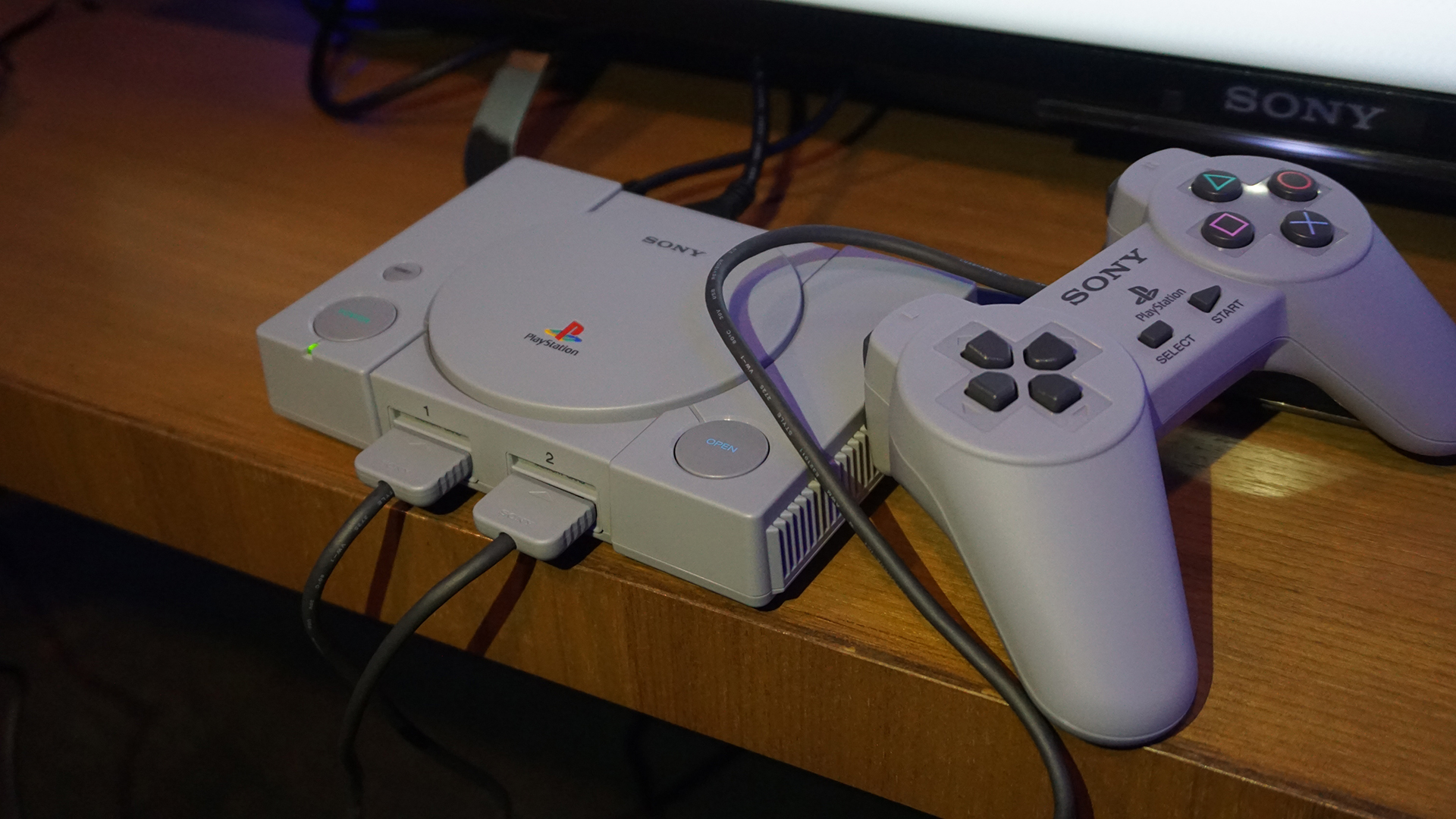
We start with one of the most recent failings from Sony: the PlayStation Classic. The Japanese firm looked to capitalize off the huge appetite for nostalgia-filled throwback consoles, thanks to Nintendo proving its worth via its popular NES and SNES Classic. Yes, the PS Classic seemed like an easy win. That is until the line-up of games were revealed.
Crash Bandicoot, Spyro the Dragon, Castelevania, Tomb Raider, Tony Hawk’s Pro Skater, and more were all missing due to license rights. Not to mention the poor emulation for selected titles, meant that the PS classic felt half-baked. Originally launched at the price of $99/£89.99/AU$149.99, the system quickly freefell and found its way to various bargain bins across stores globally.
PlayStation Eye - The Eye of Judgement
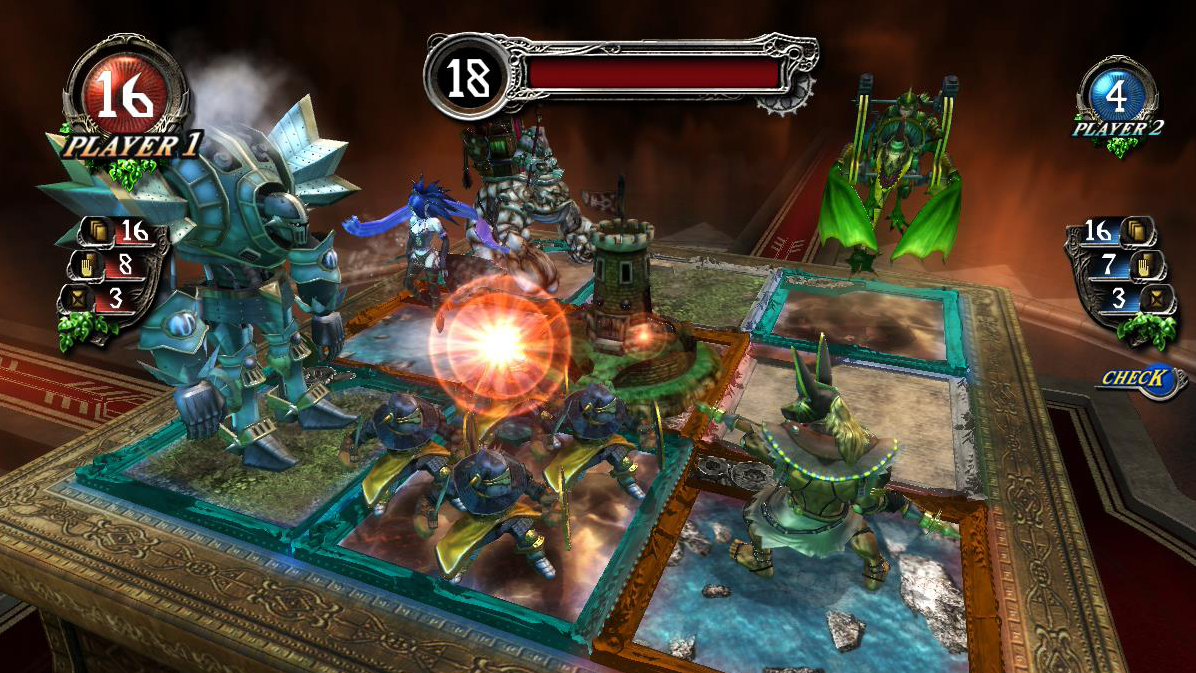
A pack-in game can do wonders. You only have to look at the success of The Legend of Zelda: Breath of the Wild and the Nintendo Switch to see that one game can make all the difference. Now, take the digital camera peripheral known as the PlayStation Eye. Did Sony utilize one of its most beloved mascots to help usher in the new technology? What about Solid Snake? Kratos? Or even PaRappa? Nope, instead it opted for The Eye of Judgement, a turn-based collectible card game featuring generic fantasy monsters.
Apart from reported interface issues, the game struggled to find an audience as many discovered that playing without all the contraptions actually yielded a better experience. While the PlayStation Eye itself went on to become somewhat of a hit (succeeded by the PlayStation Camera for the PS4), The Eye of Judgement went in a blink, being discontinued less than three years after launch.
PlayStation Vita
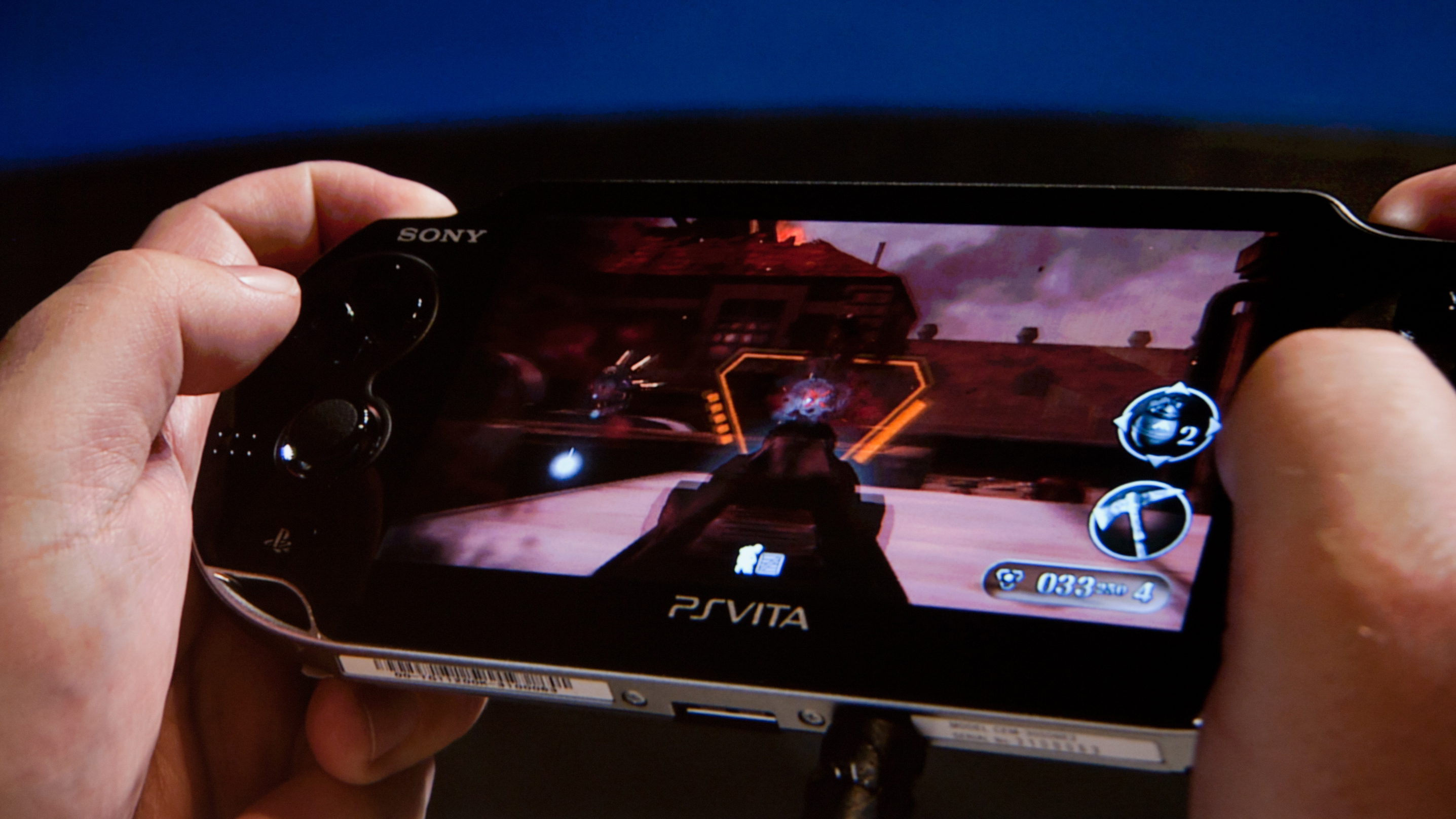
After dominating the console space, Sony triumphantly dove into the world of handhelds. The slick, powerhouse that was the PlayStation Portable accumulated more than 80 million sales and received positive feedback from both critics and fans, yet its successor - the PS Vita - failed to surpass the 16 million mark by most estimates.
Spearheaded by an impassioned fanbase (Vita Island forever), the handheld suffered from dire third-party support, exorbitantly priced memory cards, and a frustrating exclusivity deal with AT&T. More so, Sony’s marketing of the product was lacking on all fronts, alongside the most damning nail in the coffin being that first-party support swiftly disappeared. Another time, another place, the Vita could have been a different story altogether, At the least, it became a solace home for indies.
PlayStation TV
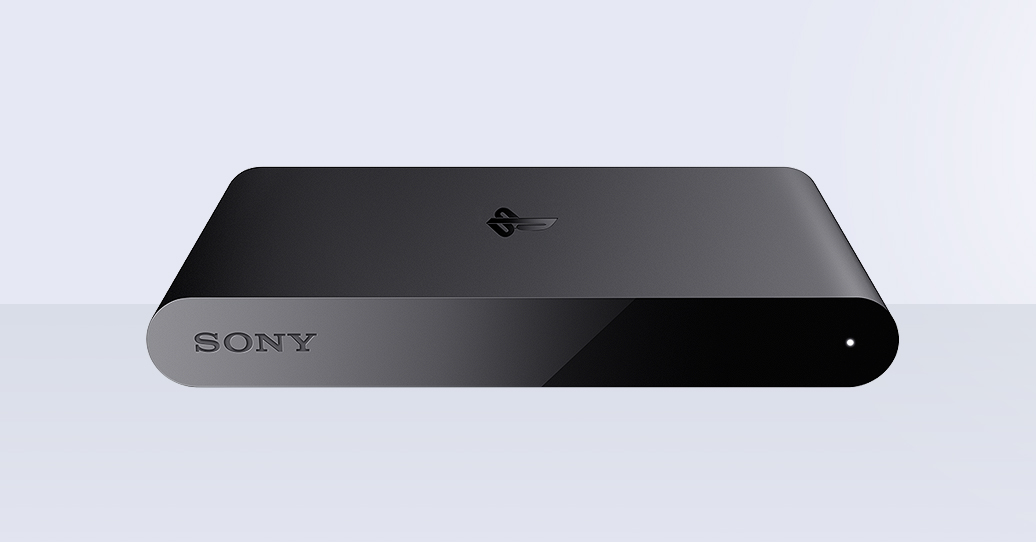
Another casualty that had so much potential, PlayStation TV could have been up there with the likes of Netflix and Apple today, if better implemented. Offering compatibility with the original PlayStation, PSP, various PS3 titles and the Vita, the concept seemed golden. Handhelds on the big screen at last. This was the dream.
Sadly, the reality was a 720p shaky output with a very limited number of Vita games actually playable, starting the device on the wrong foot from day one. Support from Sony similarly wavered and anyone daring to jump in were discouraged by yet again, the same expensive memory cards that plagued the Vita.
PlayStation Mouse

It’s hard to imagine Sony launching a mouse for its hardware these days but, when entering the market in December 1994, the PlayStation Mouse made its debut. With home computers now synonymous with households far and wide, taking advantage of the peripheral to work in-conjunction with a home console made perfect sense.
However, a lack of support from Sony (we’re starting to see a trend here), equaled to only 70 plus games being accessible. Therefore, sales of the PS Mouse diminished and the company scurried away from the idea ever since.
Sony Ericsson Xperia Play (PlayStation Phone)
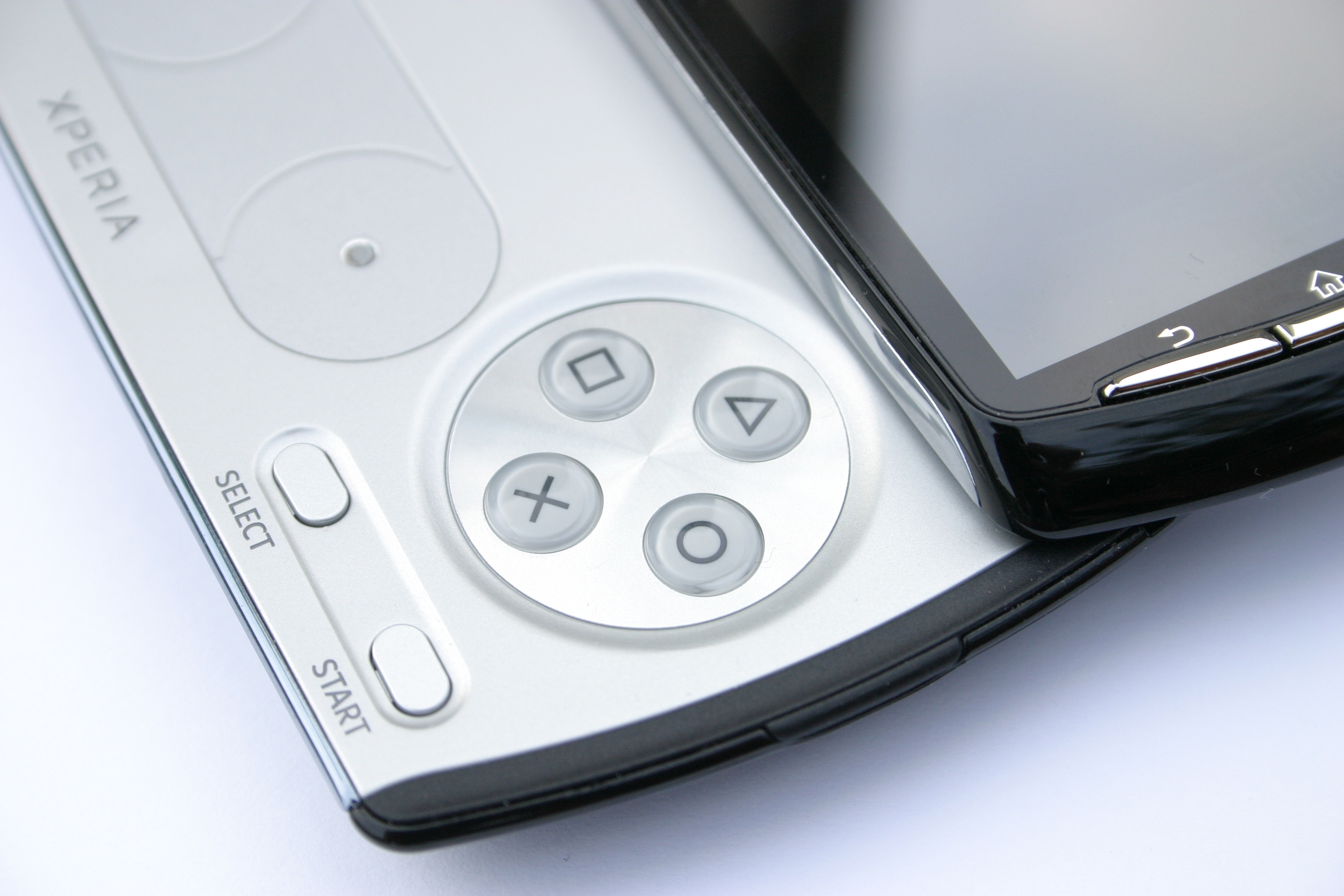
Sony makes phones. Sony makes game consoles. Why doesn’t Sony make a gaming phone? Well, actually the company sort of did in April 2011 with the release of the Sony Ericsson Xperia Play or, as it was infamously known, the ‘PlayStation Phone’.
Powered by Android, the mobile phone arrived with its own PlayStation Store but was not the fully-fledged gaming phone promised by the manufacturer in early promotions. While the flip-out gamepad proved popular, emulation suffered and subsequently sales came in lower than expected, though Sony never let that slip.
"There's no concerns, it's a revolutionary device, it's shaking up the market, we're very pleased with it," said Sony Ericsson head of market development Dominic Neil-Dwyer on May 12, 2011. Less than two week later, it was announced that the Xperia Play would not receive an update to Android 4.0, citing “stability concerns”.
PlayStation Now
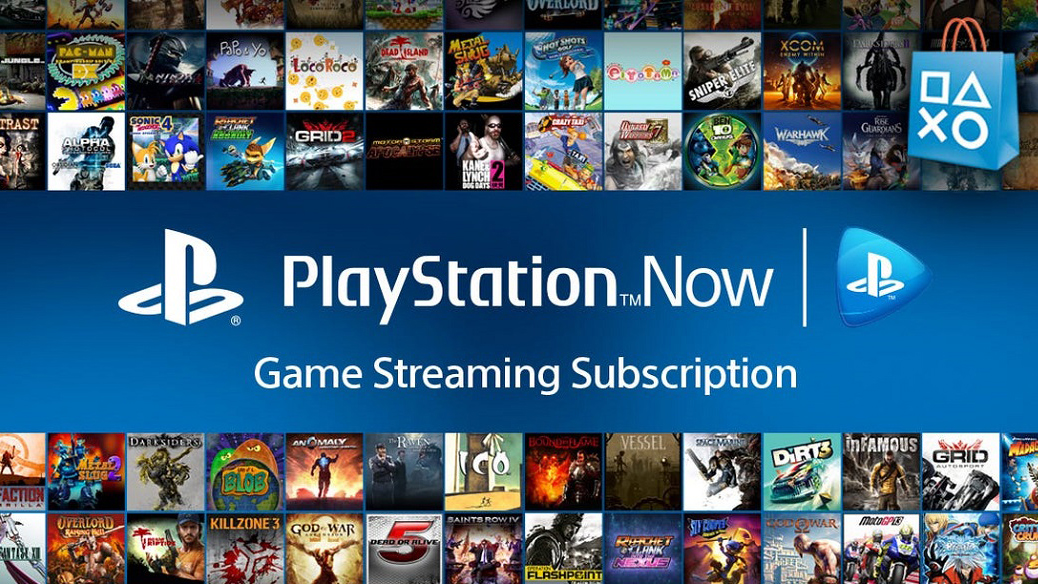
Released into the wild at the beginning of the PS4’s lifecycle in 2014, the cloud gaming subscription service PlayStation Now has never hit its true heights. In beta for nearly half a decade, Sony’s handling and roll out of arguably one of next-gens biggest enticements has been glacial.
Arriving more than three years on, Xbox Game Pass and its focus on backwards compatibility has put PS Now to shame at nearly every turn, due to the latter’s need for constant and stable internet connection. As consumers' hunger for gaming on demand grows, the failings of PS Now may prove more pivotal come the launch of the PS5 and Xbox Series X. Hindsight can be a wonderful thing.
- PS5 vs Xbox Series X: what we know so far
0 comments:
Post a Comment